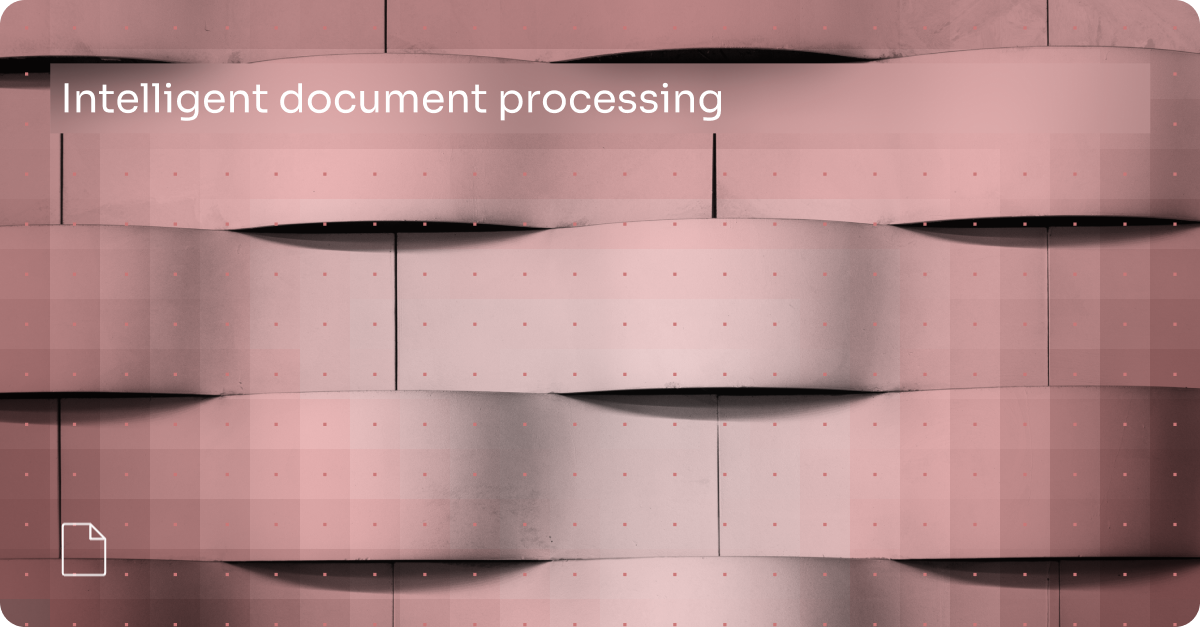As health systems continue on their digital transformation journey by becoming more efficient and patient-centric, the role of artificial intelligence (AI) is increasingly pivotal. While being deployed across a variety of workflows within healthcare, AI is making a significant impact on patient scheduling - a core component of the healthcare experience and one that is often fraught with complexities for both patients and providers.
Despite AI’s transformative potential within patient scheduling software, misunderstandings persist in the industry. In this post, we explore five common misconceptions surrounding AI’s role in patient scheduling software and do our best to correct each of them.
Provider schedules and preferences are too complex for patient scheduling software
It is true, provider schedules can be incredibly complex, often involving multiple factors such as clinician availability, specialty skills, patient needs, regulatory requirements, and more. When you have this complexity combined with the inherent unpredictability of in-person care delivery, it’s easy to see why there may be a perception that scheduling solutions cannot effectively manage provider schedules. In reality, this thinking underestimates the capabilities of modern AI technology.
It is precisely because of the complexity and unpredictability that AI-based patient scheduling software has so much to offer. Today’s modern scheduling solutions excel at processing large amounts of data and identifying patterns or solutions humans may overlook. Machine learning (ML) algorithms can analyze historical scheduling data, provider availability and preferences, patient demand patterns, and other factors to optimize schedules. In addition, they can be used to retroactively measure patient satisfaction when supported by digital scheduling tools compared to a patient that calls to schedule with a human representative.
Today’s AI-based scheduling software learns individual provider preferences over time and factors them into the scheduling process, leading to more satisfied staff and better patient care. What’s more, these tools can adapt to changes in real-time. So, if a provider calls in sick, or if there is a sudden influx of patients, the scheduling software can immediately adjust schedules, taking into account relevant factors to find the best solution.
As an example, within the first six weeks of going live with an automated scheduling solution, one health system saw scheduled appointments for the same number of available providers jump from 5.7% to 14%, with an average of more than 400 online appointments booked per week.
AI will replace all existing staff who handle patient scheduling
AI is often seen as the harbinger of job displacement in various industries, and healthcare is no different. However, this perception misses a more significant point. Deploying AI to help with patient scheduling is not about replacing human staff, but rather augmenting both the staff and patient experience.
With automated scheduling software in place, staff are able to spend significantly less time making and answering phone calls and more time building relationships with clinical staff, providing a positive experience for patients and families, and ultimately ensuring patients get access to the care they need.
“I think about elevating work,” said Mona Baset, Vice President of Digital Services at Intermountain Health. “If there are things that are so mind-numbing, and so manual, that nobody wants to do them anyway, why can’t we automate those things and have people work on other more valuable tasks?”
Case in point, according to researchers at Stanford University’s Digital Economic Laboratory and the Massachusetts Institute of Technology, customer support agents who were given access to a generative AI assistant increased their productivity by 14% on average.
Patient scheduling software that uses AI will make the patient experience even more impersonal
For all of us, healthcare is deeply personal and the idea of integrating AI into the patient scheduling process might seem at odds with this. The reality is that advanced AI technologies, like natural language processing (NLP) and large language models (LLMs), can dramatically enhance the level of personalization that providers can offer, not diminish it.
By analyzing dozens of sources for patient data in mere seconds, like a patient’s individual medical record or pharmacy data, AI solutions can tailor appointment schedules to individual needs, preferences, and health conditions. This leads to more personalized care, improved patient satisfaction, and better health outcomes.
Automated patient scheduling software is only for large health systems
It's a common misconception that AI solutions are designed solely for large health systems because it is assumed they have the internal resources - financial, human, and technical - to undertake an AI implementation. The reality is that AI is scalable and versatile, delivering significant benefits to healthcare organizations of all sizes. From solo practices to mid-sized clinics to large hospitals, all can leverage AI for efficient and effective patient scheduling.
The key is to have a clear plan and specific evaluation criteria. It’s also critical to look for an intelligent scheduling solution, one that uses the latest technologies to automate the entire process and is flexible enough to monitor and adhere to all provider templates and preferences, ultimately ensuring that patients only schedule in the appropriate slots within a provider's calendar. Other top considerations should include:
- A collaborative partnership with IT. A partner should be able to work cross-functionally to assess needs, determine organizational readiness, identify required resources, and build an action plan and communications strategy to keep things on track.
- Minimal change management for scheduling staff. The solution should perform tasks in place of humans, meaning that scheduling-based workloads are significantly reduced and training is not required.
- Rapid deployment. Implementation or modification should be able to happen in a matter of weeks, not months or years. This is true regardless of the size of the health system.
Patient scheduling software can only triage inbound requests
Today, most healthcare scheduling is ‘inbound,’ meaning that the patient is searching for and initiating care themselves. Often this is due to the health system having limited resources that can proactively engage the patient, even when the need for an appointment is known. Patient scheduling software, particularly solutions with intelligence at the core, can automate inbound scheduling requests and allow staff to focus their time and energy elsewhere.
Despite the fact that most patients prefer to self-schedule their care using digital tools, the latest research indicates that nearly two-thirds of patient access leaders schedule the vast majority of patient appointments using the telephone. This misalignment causes frustration on both sides, as health systems have to staff up call centers, and patients seek care from other providers who offer more modern scheduling solutions.
Today’s leading health systems are deploying intelligent patient scheduling software that automates both inbound and outbound scheduling, dramatically decreasing no-show rates and increasing scheduling for care gap closure.










